| |







|
 |

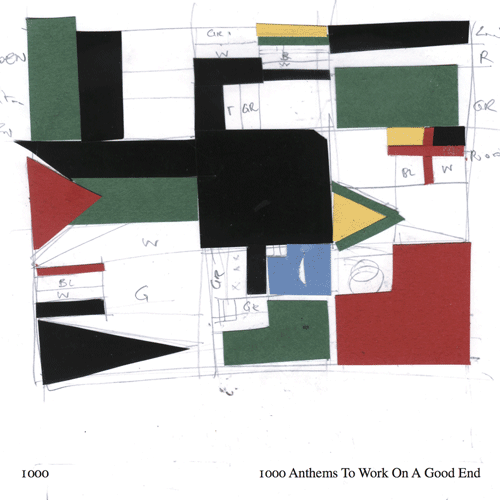
Fritz Balwit, Audiophile Audition (20/12/2018) ****
"When it comes to avant-garde or experimental jazz, I am usually willing to let my colleagues have the first go and wait for a report on the merits of the recordings. An exception is made for music that belongs to the category "Dutch Jazz," broadly conceived as music which displays qualities of humor, theatrical inventiveness, and eccentricity. (we will now epand this concept to Dutch-Belgico ) Early on, the Dutch jazz styles were cross-pollinated by theater music. Emphasis was placed not so much on forms as on the realization of personality. This makes for merry gatherings even when the serious avant garde experiment is the matter at hand. One's ears are bent out of shape, but with high spirits.
It was a lucky accident that brought about my contact with the label Negocito, operating out of Ghent, Belgium that specializes in zany and freshly-imagined improvised music, which we will only call "jazz" because another term doesn't recommend itself. A sample of the label shows a impressive breadth of musicians playing free of genre conceptions but inspired by long-standing ideals of improvised musical expression in small groups with plenty of non-standard ensemble configurations. Immediately catching my eye is the disc under review, charmingly titled 1000 Anthems To Work On A Good End . The group itself is called 1000 and consists of a quartet with Jan Klare on reeds, Bart Maris on Trumpet, Wilbert de Joode on base, and the inimitable Michael Vatcher on drums.
The title suggests inexpert translation. The would-be listener is skeptical at being asked to endure a exposition of National Anthems. Things get weirder as we notice that there will be no less than seven versions of anthems from Afghanistan from different periods of the 20th century and also five from Cambodia. Having counted these up and realized that this is still far short of a 1000, the group decided to offer one each from Syria, China and the obscure Pacific Atoll Niue, the latter with both a vocal and an instrumental version. In between, there are more or less free ensemble pieces each in which "four individuals, invent an anthem for the please of the moment" and then "sing personal hymns simultaneously" and finally "cover up a hymn like Christo would do." In short the program is a hoot but not (wholly) a spoof. The liner notes make it clear that intend on irritating their listeners but have no wish to offend them.
In fact, for all the abundant goofiness, there is a concerted search for melodic sense. Anthems aim for simple appeal; they stir a crowd. The tension of the concept is that this music is so radically individualistic and yet the starting point is a stiff genre that asserts group meaning, often in chauvinistically stupid ways. Claims made in the liner notes that anthems are "reference points for a whole nation" and that they "bring people together" become weirdly ironic in the context of a Cambodian anthem from 1976-1979 which may have even been composed by Pol Pot. The victims of the Khmer Rouge Holocaust were certainly "brought together" and disposed of as part of a Nationalistic nightmare. How does one propose to listen to an anthem connected to this period? The record gives no instructions, so it is up to the listener to decide.
The disc begins with a presumably spontaneous four part improvisation with clarinet and trumpet playing off one another, while the comic jousting is supported by an off-kilter but charming rhythmic pulse. It becomes clear that whatever ceremonial is ahead, it will be leavened by this sort of musical mischief. There follows the first instantiation of the Cambodian national anthem. By strange chance, it sounds just like a New Orleans jump band; absent are any references to a far-Eastern vibe or colonial hybrids. After some stomping and wailing, it sounds like the saxophonist has found the chart and begun to play the anthem in question. The boozy dance feel gives way to just a bit of dignity, quickly undermined by the relentless plunger-mute effects of the trumpet. One wants to doff a hat or salute–not any notion of Nationality but rather a universal spirit of comedy. This little three minute piece is a perfect realization of a fresh jazz concept by turns amusing and stirring, playful and serious. Rather than dreading the next four versions, one eagerly awaits this music of strange purposes.
Jumping ahead to a 1970-75 version of the same anthem by "unknown," we are given some official sounding drum rolls and a dismal march beat. This tune is ragged-up considerably in a fashion that might suggest Ornette Coleman and Don Cherry forced to play a High-School football theme song. Further farcical treatments follow on what is presented as an even later version of the anthem. Bart Maris plunges wildly with the mute against a chaotic whirl of whacks and thumps from the rhythm section. A mysterious interlude ensues with a stately theme played in creditable harmony played against an entrancing swirl of metallic and water effects from drummer Michael Vatcher. This one track is something of a highlight for me as it achieves both the weirdness of the anthem concept but also a rare sort of beauty. Following that Klare and Maris demonstrate a superb rapport as they twine a double melody around what sounds more like a Hebrew melody than anything else. All is twist and turn. Bass and drums alertly adjust to every unexpected phrase. A sawing bass announces the final Cambodian anthem which is genuinely exotic in both treatment and textures, with Klare showing off a very Asiatic flute while Maris squeaks out phrases in a high register.
The main offering consists of seven versions of Afghanistan National Anthems, on the face of it, an absurd proposition. As a modern Nation-State, this one-time mountain kingdom has done very poorly. The several intrusions of westernization have mostly prompted a paroxysm of tribal retribution. The thought of a frail and scarcely legitimate political apparatus standing up with competence and legitimacy is the stuff of wild optimism. All the more fitting that the music is neither martial nor celebratory. Rather it sounds like a tentative and modest effort by a first time composer. In my first term of composition, one of my weaker efforts garnered the encouraging comments from my instructor. "This piece demonstrates that you fully understand that in a melody one notes must follow another." Of this, one could say likewise. The musical material "chosen strictly for artistic reasons" has little to recommend itself. Yet from this simplicity, the ensemble discovers an affecting musical beauty. The trumpet plays straight and clear while modest harmonizing and carefully rhythmic steps make the most out of the theme.
As the variations follow upon one another, we are plunged back into the riddle of what we are to take away from them. Certainly they make no useful musicological commentary on anything pertaining to the political or historical notion of "Afghanistan." What matters, though, is that the music works well enough. Melody and form, surprise and banality, timbre and dynamics are fitted to scaled down and peculiar works as if the challenge was to make a silken purse out of the proverbial sow's ear.
And then we come to an anthem which supposedly comes from the island atoll of Niue. First there is Niue Voices . The text is chopped up and sung in four disparate parts, out of sync.
The Lord in Heaven
Who loves
Niue
Who rules kindly
The Almighty
Who rules completely over Niue Over Niue, Over Niue
Over Niue, Over Niue
Who rules completely over Niue Who rules over Niue
It is a baffling performance but strangely moving. One feels the dread hand of a missionary in the truncated text but the singing feels authentically Polynesian. Disjointed and floating, it evokes calmness in the face of the inevitable, for Niue is sinking inexorably into the Pacific and will be the first casualty of global warming. The scattered voices suggest a diaspora calling to one another over distances that will only increase.
Refugia is a free jazz ramble in the spirit of Ornette and Don Cherry. The longest piece at 6:30, it loses focus midway after a cheerful quarrel and sounds like an anthem gone terribly wrong. A Chinese anthem, credited to Bo Tong, never quite gets going melodically, but the saxophone makes a great caterwauling statement out of the pentatonic allotment of notes while eerie effects are supplied by trumpet, arco bass and a jangle of percussion. There is a grave theatricality that comes across by the (welcome) end. The Syrian anthem sounds like the straightest piece of all. March beat, dutiful rapping on snare alongside a stiff melody. The variations on the chart are ingenious. As throughout the record, New Orleans spirit of group improvisation carries the piece away from parody towards street theater.
This disc is for those who welcome art wrapped in riddles. It might help to leave behind all conception of what an Anthem is supposed to be. On the other hand, this is not an exercise in postmodern deconstruction. It is an brilliantly conceived experiment in exploiting unusual repertoire which contains musical and cultural determinatives that are played with, honored, reframed, puzzled over. It is a privilege of the (hopefully expanding) audience to experience the multiple challenges and pleasures of the musical venture. Certainly the strangest release of 2018 but a very good one."
Bruce Lee Gallanter, Downtown Music Gallery (03/03/2017)
The idea behind this disc is certainly an odd one: most of the 20 pieces are based on the national anthems of Afganistan (7 versions) and Cambodia (5 versions) plus one each by China and Syria. The liner notes go on at length to describe the histories of Cambodia and Afganistan, since have had several anthems due to whomever was in power during different periods. The anthems were selected more for their unique melodies and we researched by members of the quartet. There are also three short group improv found throughout this disc which add a nice balance to the skeletal songlike structures of the varied anthems. The melodies to the Cambodian anthems do have a proud, folky sort of flavor and the quartet do a fine job of adding bits of sly, swagger to certain songs and capturing the rich,yet subtle melodies in a more reverent way, often stripping things down to their bare essentials. The quartet keep things often more calm without pushing things very far out. I love the way Mr. Vatcher uses subtle percussion like shakers or bells just to add minimal seasoning. This allows some of the more ancient (sounding) melodies to ring true. At times poignant and ever-enchanting. Had I not know that the quartet were playing any anthems, I might not have thought this was the case. Either way, the results are still most charming with some unexpected twists and turns."
selected for Europe Jazz Media Chart, September 2017
Rui Eduardo Paes, Jazz.pt (09/2017)*****
Num tempo de brutal afirmação dos nacionalismos xenófobos e, até, de inspiração nazi, bem como de intensificação das migrações provocadas pela guerra ou pela acção de regimes ditatoriais, estranho seria que na área do jazz e da música improvisada não surgisse algum projecto em reacção a tal infeliz conjuntura. Uns quantos haverá com certeza pelo mundo fora, mas nenhum com a relevância conseguida por este disco do quarteto 1000, que junta um alemão (Jon Klare), um belga (Bart Maris), um holandês (Wilbert de Joode) e um norte-americano residente na Holanda (Michael Vatcher). A ideia em que pegaram não é propriamente nova, dados os antecedentes (ainda que provindos da música erudita contemporânea) de Mauricio Kagel ("10 Marches to Miss the Victory") e Karlheinz Stockhausen ("Hymnen"), mas tem umas quantas particularidades.
O saxofonista, o trompetista, o contrabaixista e o baterista interpretam (à sua, e do jazz criativo, maneira) os sete hinos nacionais que o Afeganistão teve entre 1926 e 2006, bem como os cinco do Camboja existentes entre 1941 e 1989 (a música mudava consoante os regimes de ambos os países), assim relativizando a importância simbólica de cada um. A estes juntam o actual hino da Síria (pelos motivos óbvios, como uma referência ao que por lá se passa), um antigo da China e outro que identifica um atol do Pacífico, Niue, nestes casos apenas porque gostam das melodias. Mas há mais: pelo meio os 1000 inventam um hino para os apátridas que vão chegando às costas da Europa, a que chamam "Refugia". E cantam os hinos alemão, belga, holandês e americano em simultâneo. Musicalmente, o que aqui vem faz lembrar alguma coisa de Albert Ayler, mas se a improvisação é tão imediatista quanto a deste, os arranjos são bem mais complexos e por vezes remetem-nos mesmo para… Kagel e Stockhausen. No texto de apresentação do álbum os quatro músicos admitem a possibilidade de que este irrite algumas pessoas, e não é difícil adivinhar quem."
Hans-Jürgen Linke, Jazzthetik (30/08/2017)*****
Nationalhymnen sind eine sehr spezielle Art von Gebrauchsmusik: Sie sollen identifizierbar sein, populär klingen und etwas ausdrücken, was ein Land zusammenhält. Eine komplexe Aufgabe, zumal die Geschichte nationale Hymnen in einen engen Entstehungszusammenhang zum Preislied für absolute Herrscher und Diktatoren stellt. Manchmal sind sie Vertonungen heroischer Texte, die das blutige Geschehen, das zum Entstehen einer Nation führte, verherrlichen. Insofern ist die Gattung der Hymne für reflektierte Komponisten ein weites, widerspruchsreiches Arbeitsfeld – Maurizio Kagel und Karlheinz Stockhausen sind vorangegangen, jetzt folgen ihnen die vier Musiker des Quartetts 1000. Was sie auf ihrer erstaunlichen CD tun, hat mit einer landläufigen – womöglich ironischen – Verjazzung überkommenen Materials nichts zu tun. Ihre Re-Kompositions- oder Re-Inszenierungs-Arbeit ist nicht exaltiert und nicht zwanghaft distanzierend, sondern von einem durchaus melancholischen Unterstrom durchzogen – und Melancholie ist eine legitime Reaktion des Künstlers auf Gewalt in der Vergangenheit. Insofern ist die Hymnen-CD vor allem Ergebnis kritischer, reflektierender Arbeit. Sie geht aus von einer Hymne für die Freude am (klingenden) Augenblick und endet mit einer Hymne der diskreten, kopfschüttelnden Verhüllung. Dazwischen liegen zum Beispiel fünf Hymnen für Kambodscha und die Frage, was mit einem Land geschehen sein könnte, das innerhalb eines halben Jahrhunderts (von 1941 bis 1989) fünf Hymnen verbraucht hat. Dann folgen China und Syrien, ach, man möchte seufzen und jammern. Das geschieht im Simultan-Gesang von vier persönlichen Hymnen, bevor sich die Gruppe den sieben Hymnen zuwendet, die die Nation Afghanistan seit 1926 verbraucht hat. Und wir wissen, dass nicht nur Hymnen verbraucht wurden und auf den Müll kamen und was für eine enorme Brutalität dahinter abgelaufen ist und noch abläuft. Selten ist es zeitgenössischer Musik so prägnant wie dieser gelungen, politisch markierte Haltungen einzunehmen, ohne sich zu verbiegen."
Claude Loxhay, Jazzhalo (15/08/2017)
"A la trompette, notre compatriote Bart Maris, un des piliers du Flat Earth Society, de Mocker et MikMâäk, entre autres.
Polyinstrumentiste qui allie, un peu à la manière de Michaël Moore, saxophone alto, clarinette et flûte, Jan Klare est né en Allemagne mais a gagné très vite la Grande Bretagne où il a joué avec Harry Beckett (tp) puis Amsterdam et ses adeptes du free jazz. Il a constitué l'orchestre The Dorf, le trio RKeT, avec Luc Ex à la basse et Michaël Vatcher à la batterie, et fondé le quartet 1000.
A la contrebasse, Wilbert de Joode, un musicien qui a côtoyé John Zorn comme Han Bennink et qu'on a entendu à Oupeye avec le saxophoniste J.C. Tans et à Bruges avec le Bik Bent Braam du pianiste Michiel Braam.
A la batterie, Michaël Vatcher. Installé à Amsterdam depuis 1977, on a pu l'entendre avec Michaël Moore, Ernst Reijseger (cello) et les pianistes Simon Nabatov et Georg Grawe.
Après deux albums revisitant des compositions classiques (Bach, Monteverdi, Wagner, Ravel, comme sur Unplayable played), le quartet 1000 a eu l'idée de consacrer un album aux hymnes: "la musique la plus populaire que vous puissiez imaginer", selon Stockhausen.
Une démarche qui peut rappeler celle de Charlie Haden reprenant des chants de la guerre civile espagnole avec son Liberation Music Orchestra ou celle d'Albert Ayler revisitant la Marseillaise sur Spirit Rejoyce.
Voici donc 1000 Anthems to work on a good end. Au total 20 courtes plages de 1minute11 à 4minutes47: soit six hymnes provenant d'Afganistan, histoire d'évoquer les nombreux bouleversements socio-politiques du pays au 20e siècle, cinq du Cambodge qui, lui aussi, a connu une histoire mouvementée, un de Chine, un de Syrie, deux de Niue, un atoll du Pacifique Sud, trois compositions collectives, une composition de Wilbert de Joode (Afganistan), et ce Refugia de Jan Klare dédié aux migrants.
D'une plage à l'autre, on navigue entre mélodies solennelles (Cambodia 1970, Syria, Afganistan 1943), thèmes joyeux emprunts d'humour (Cambodia 1979, Afganistan 1992, Niue), plage free (Afganistan 1973), ou mélodie au climat oriental (Cambodia 1979).
Le polyinstrumentisme de Klare permet de varier la palette sonore: clarinette-trompette (Four individuals inventing an anthem, Cambodia 1976, Afganistan 1978, Afganistan 1926 avec contrebasse jouée à l'archet, Afganistan 2006 avec trompette bouchée), flûte-trompette (Cambodia 1979, ou trompette bouchée sur Afganistan 1992), saxophone alto-trompette (Cambodia 1970, Refugia, China avec contrebasse jouée à l'archet, ou trompette bouchée sur Cambodia 1941) ou même une plage chantée avec une certaine dérision (Niue voices).
Voilà un album représentatif d'un jazz libertaire typique d'Europe du Nord."
Dave Sumner, Bird is the Worm (07/08/2017)
"That the 1000 quartet says up front that their new album is based on the adaptation of national anthems probably wasn't necessary. Much of this music bleeds those traits common to that particular song form. But knowing the premise does make their playful stabs at crazier renditions that much more fun. Trumpeter Bart Maris, multi-reedist Jan Klare, bassist Wilbert De Joode and percussionist Michael Vatcher weave together the big statements and the reverential undercurrents for new takes on old pieces and a few of their own inventions to boot. Very cool recording, and very fun, too."
|
 |
 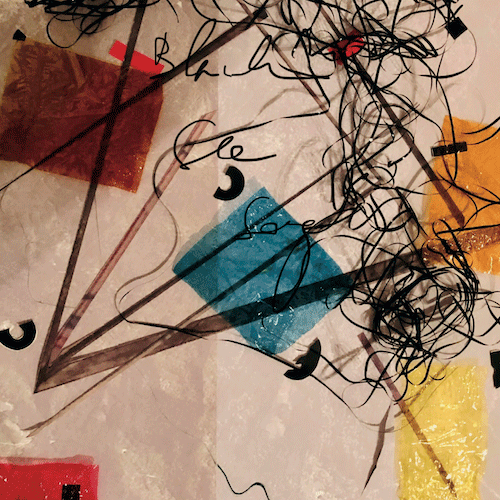 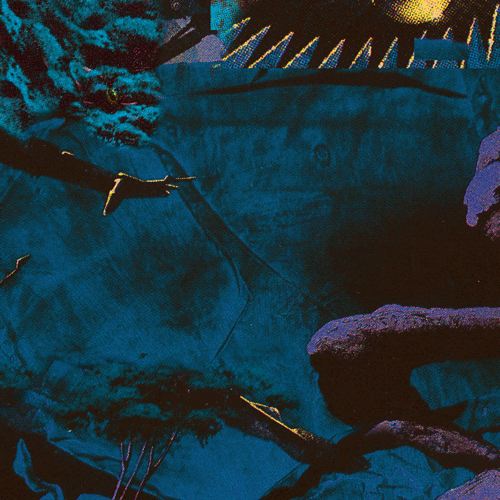 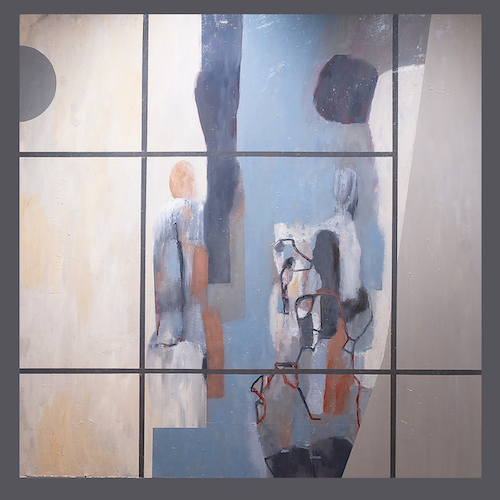 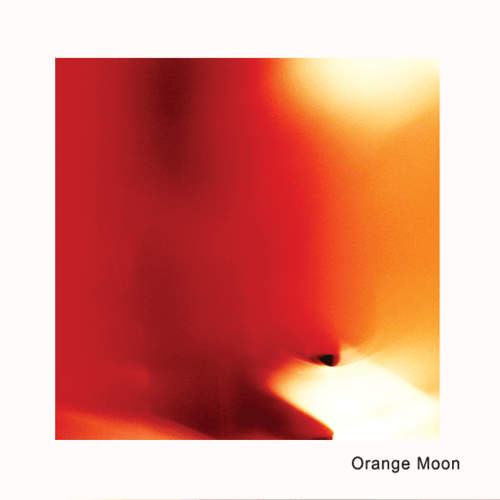
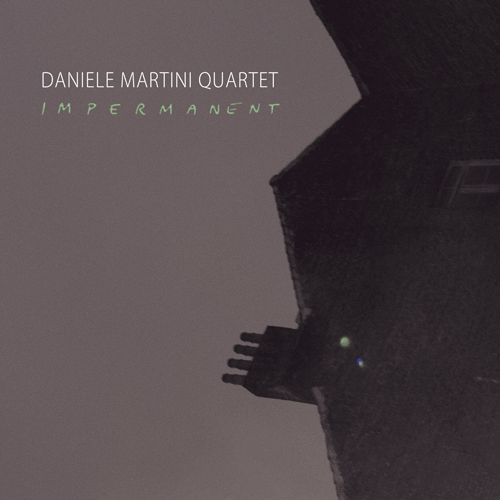  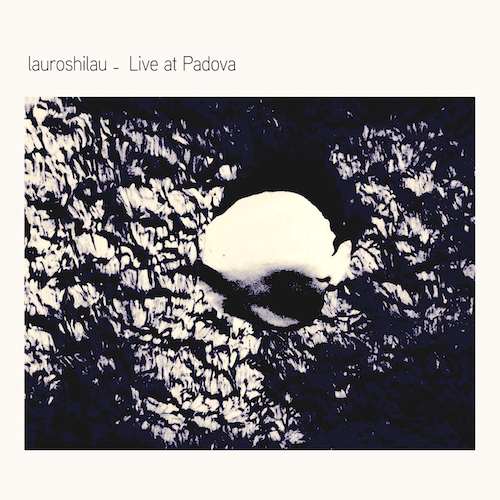 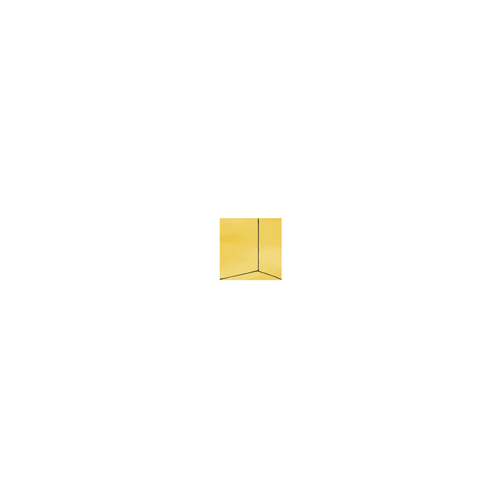 
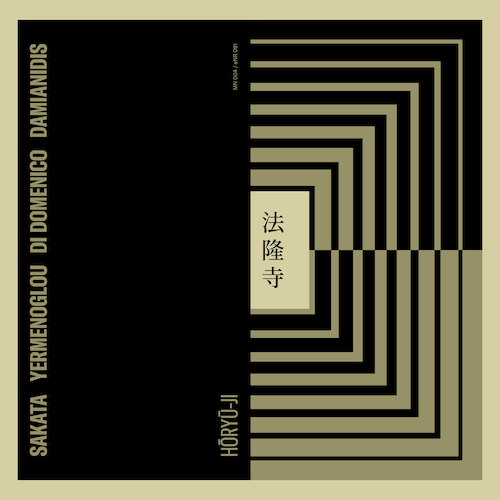 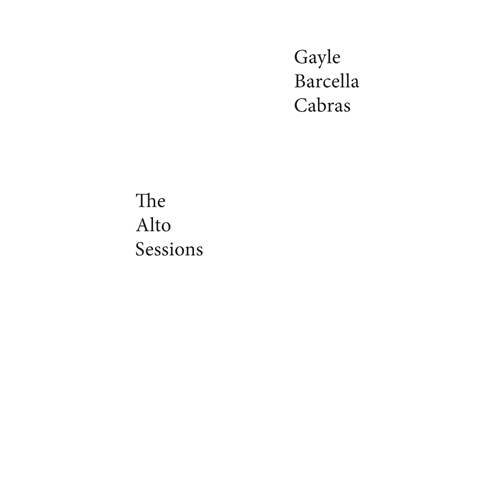 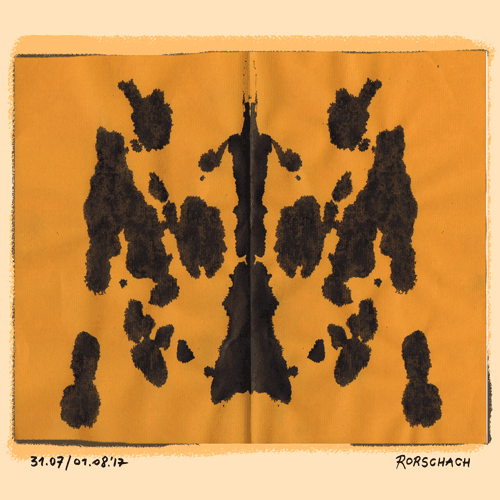  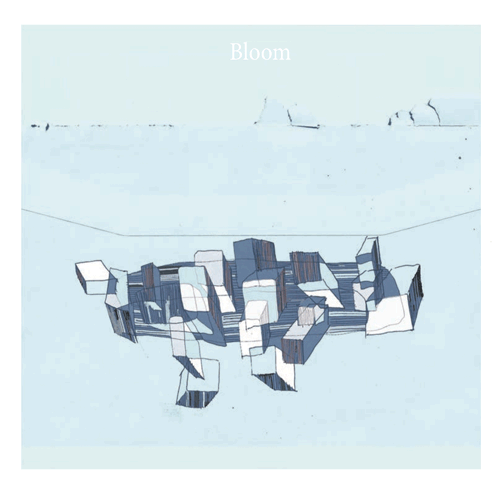
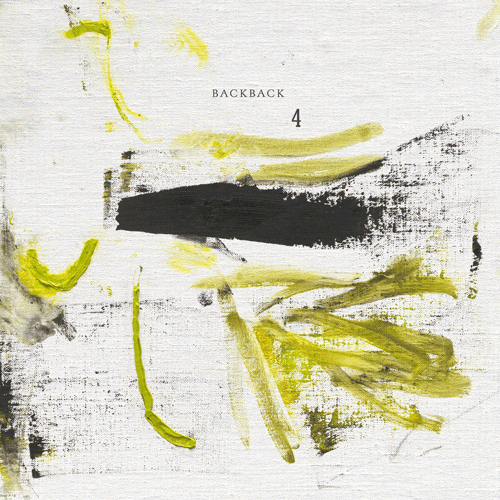 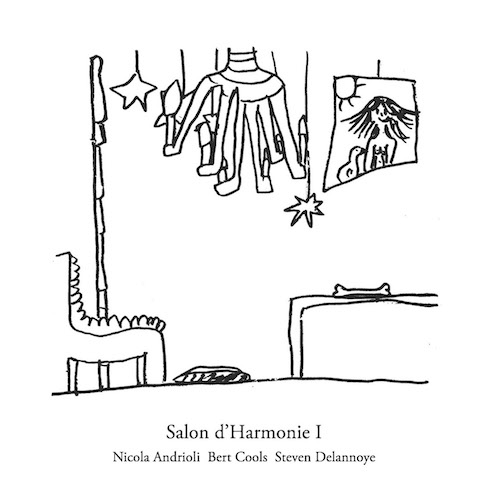  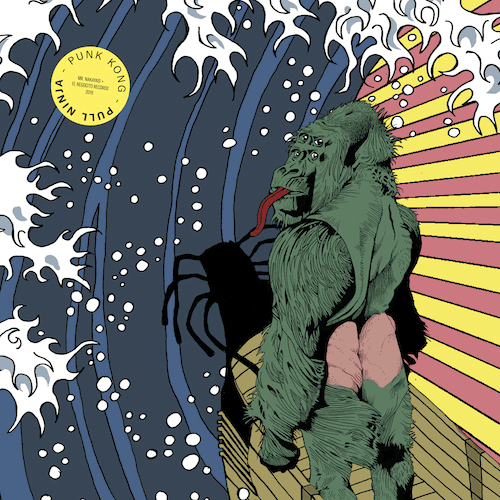 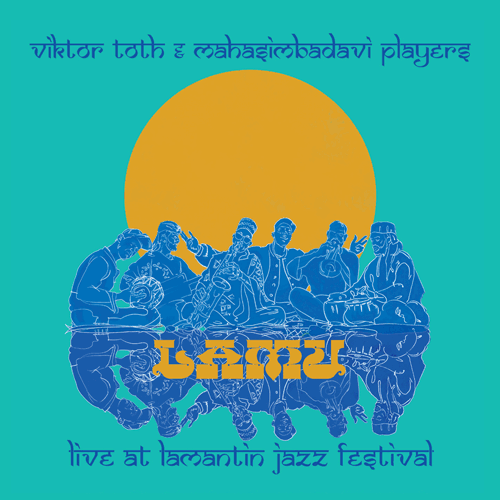
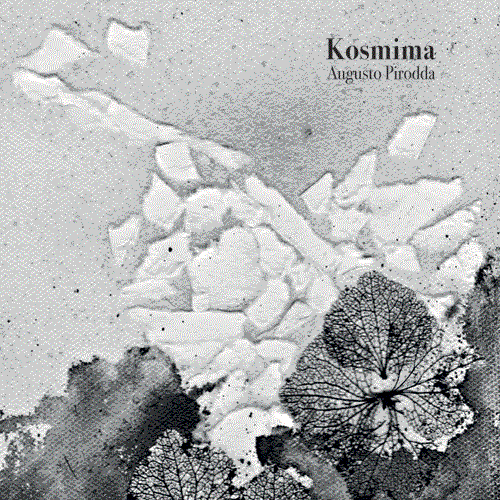 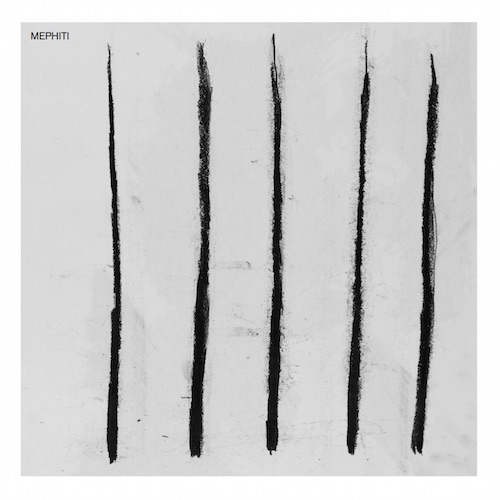 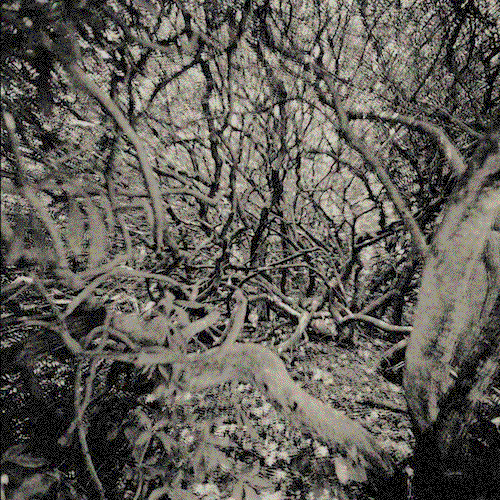 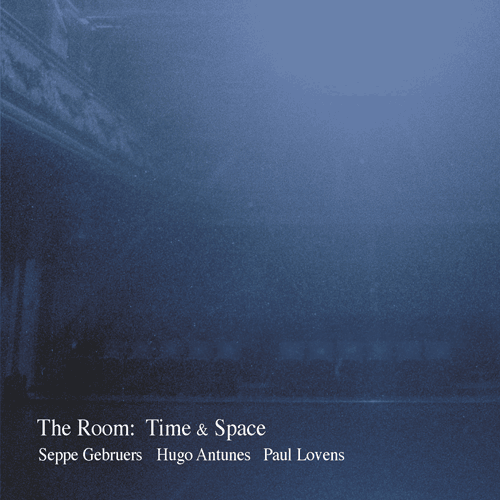 
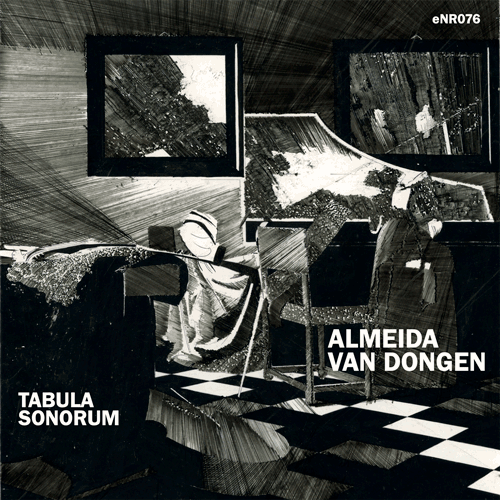 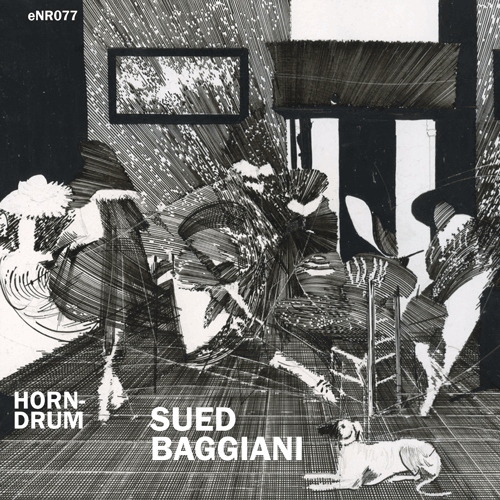 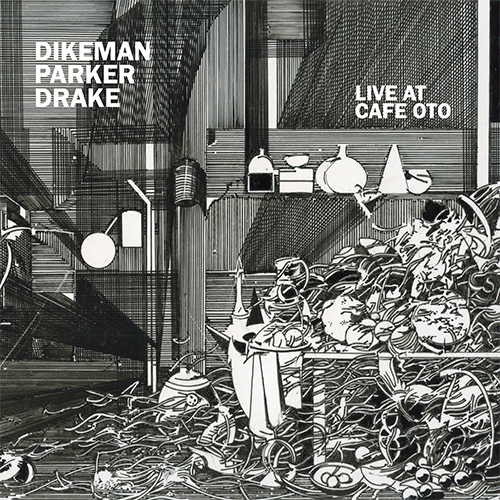 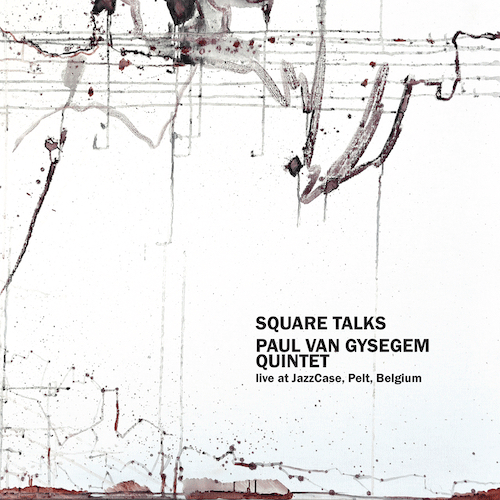 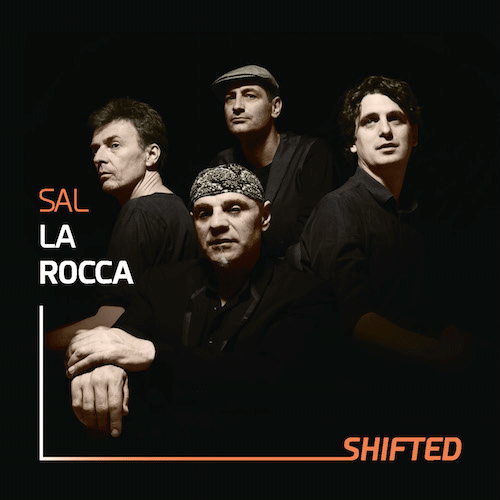
 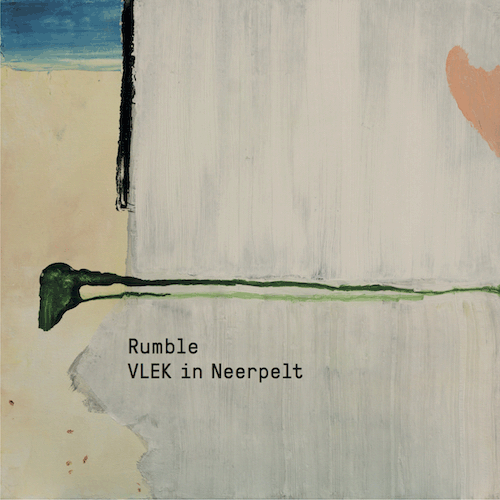 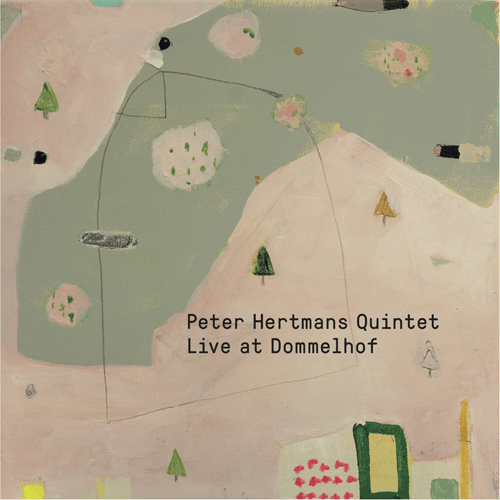 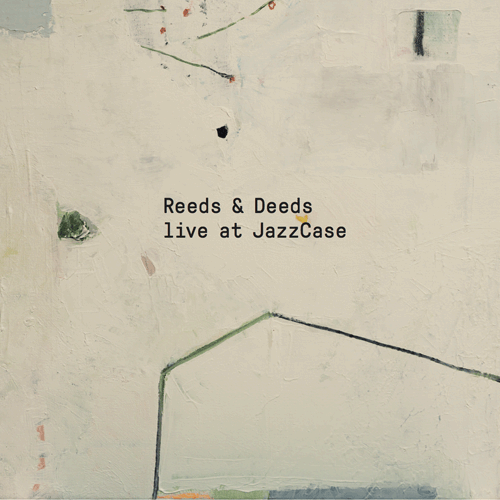 
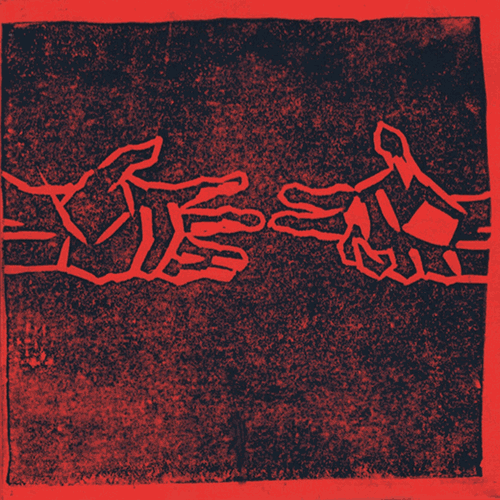 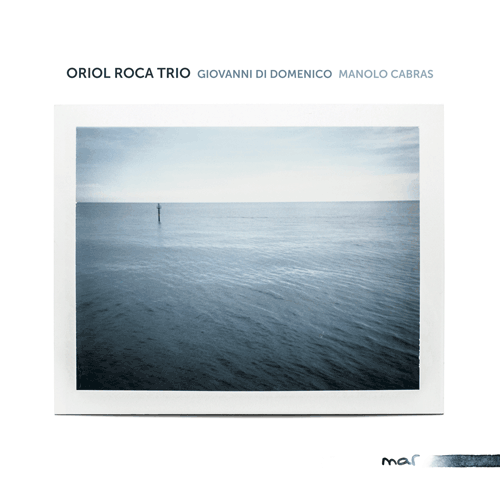 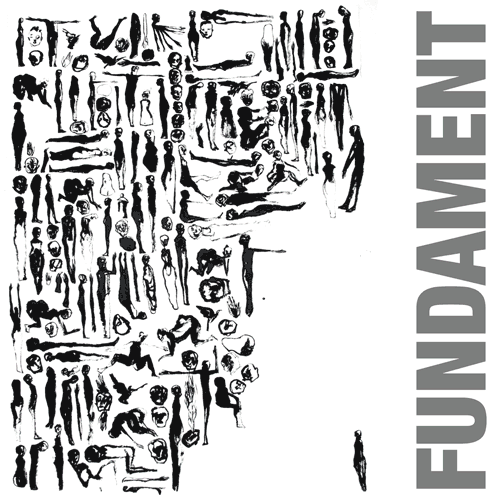 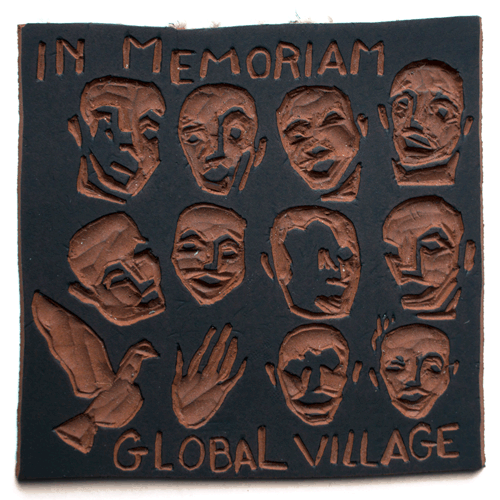 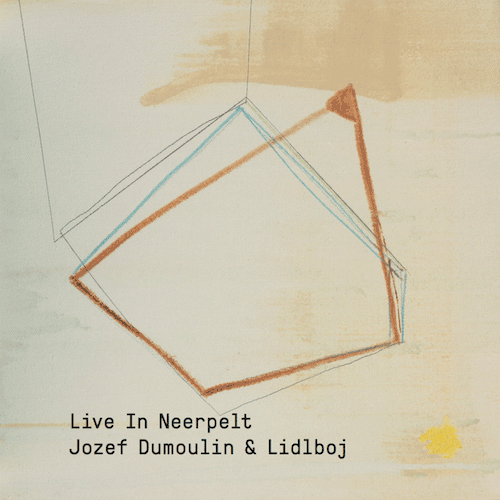
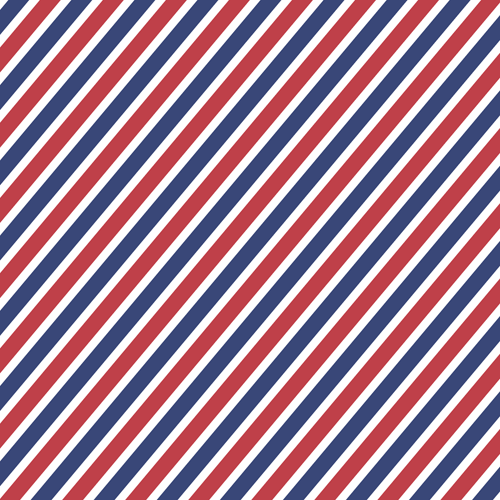 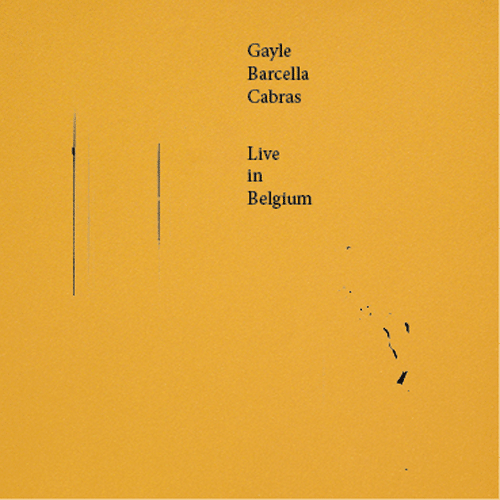  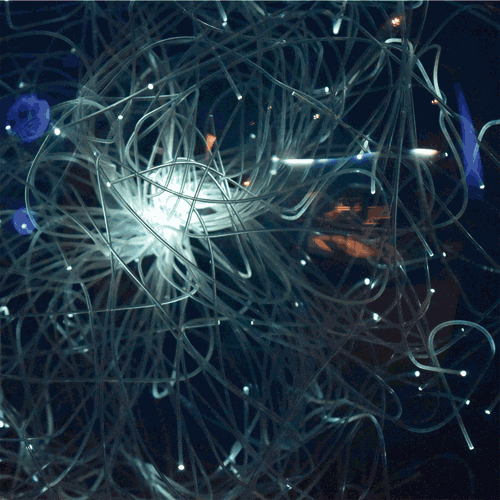 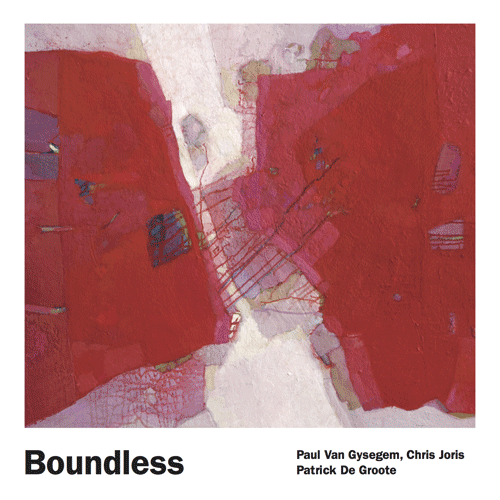
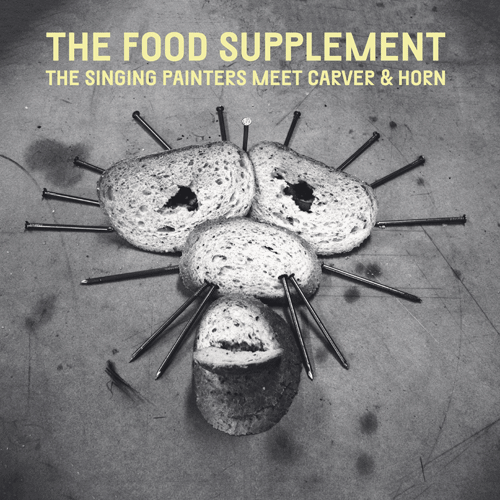 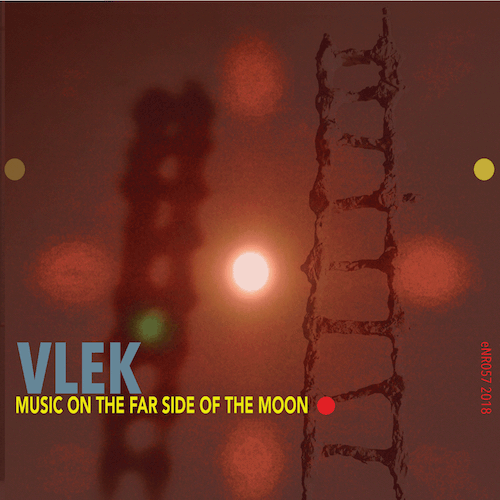 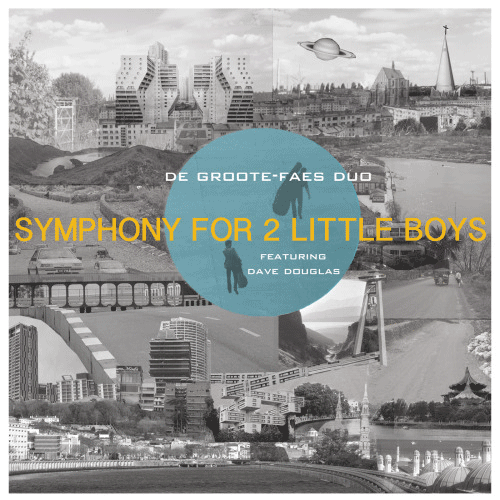 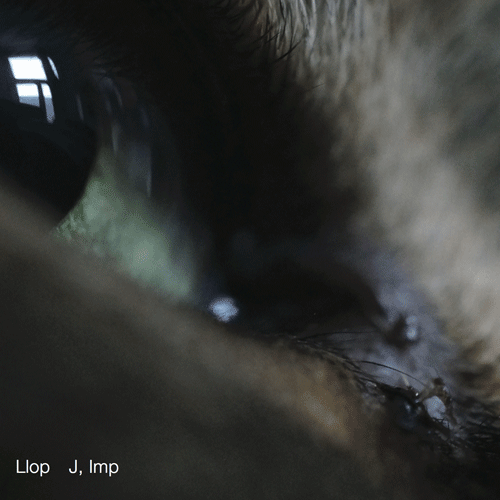 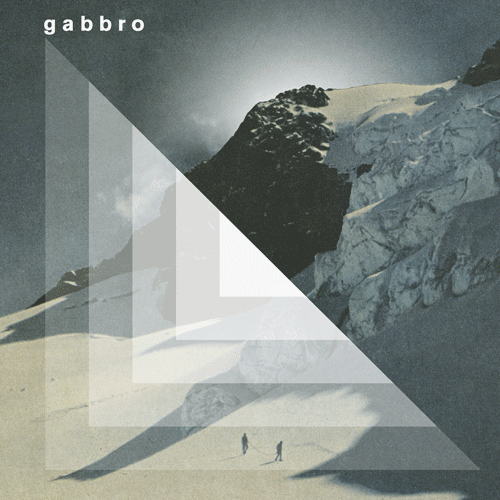
 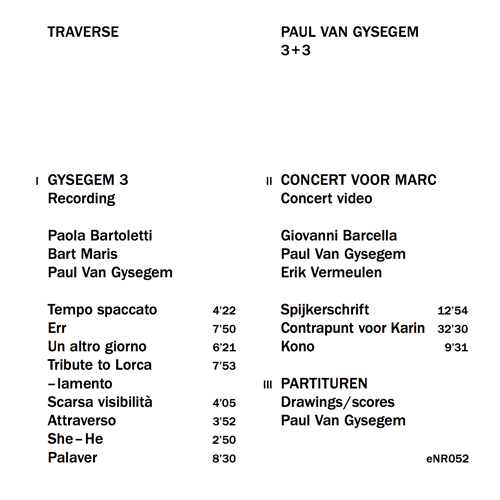 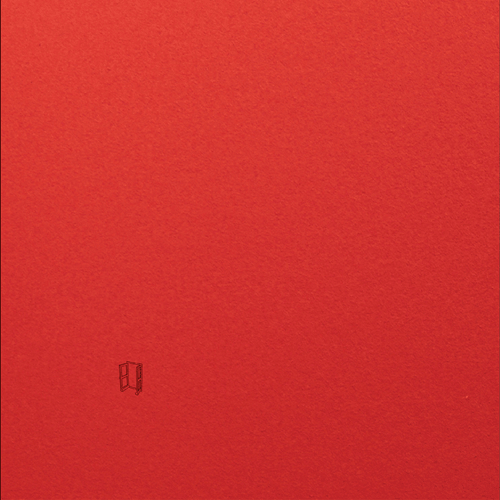  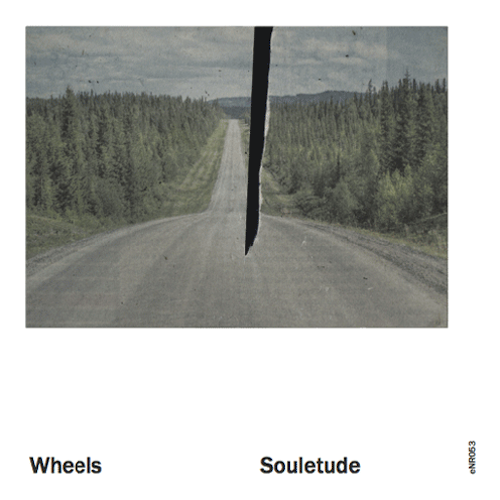
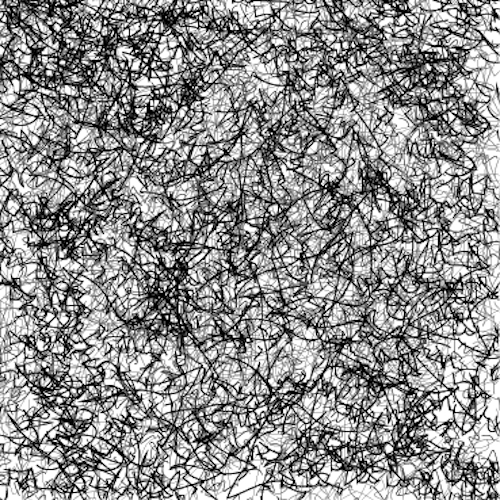 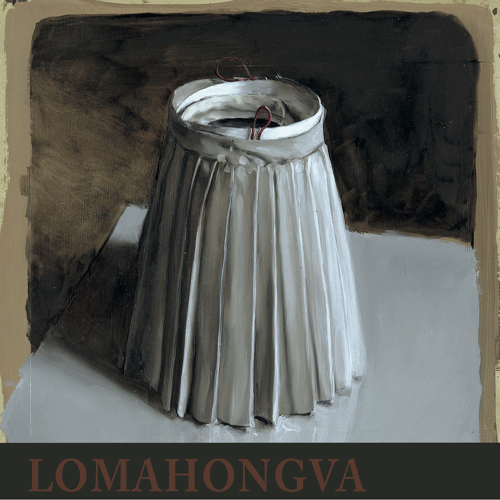 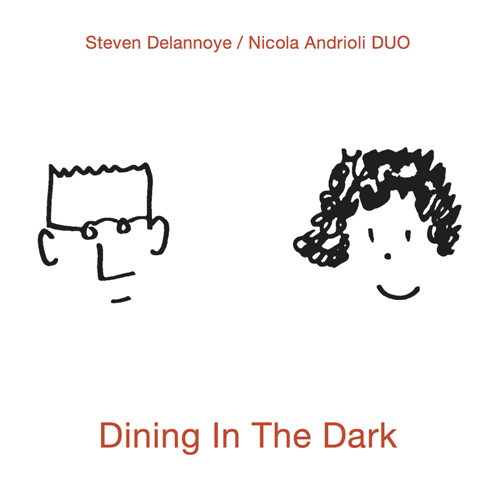 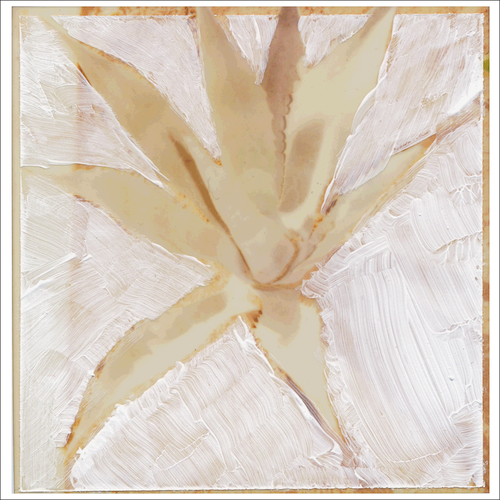 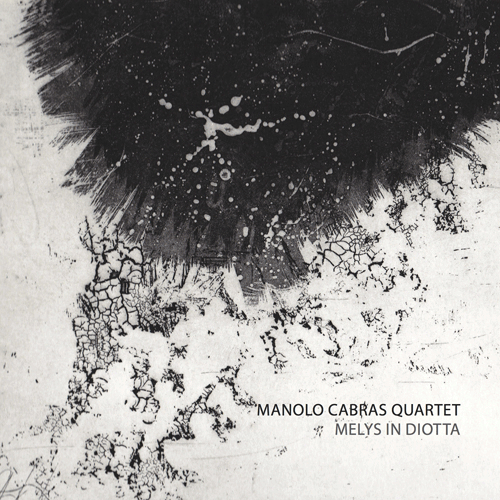
 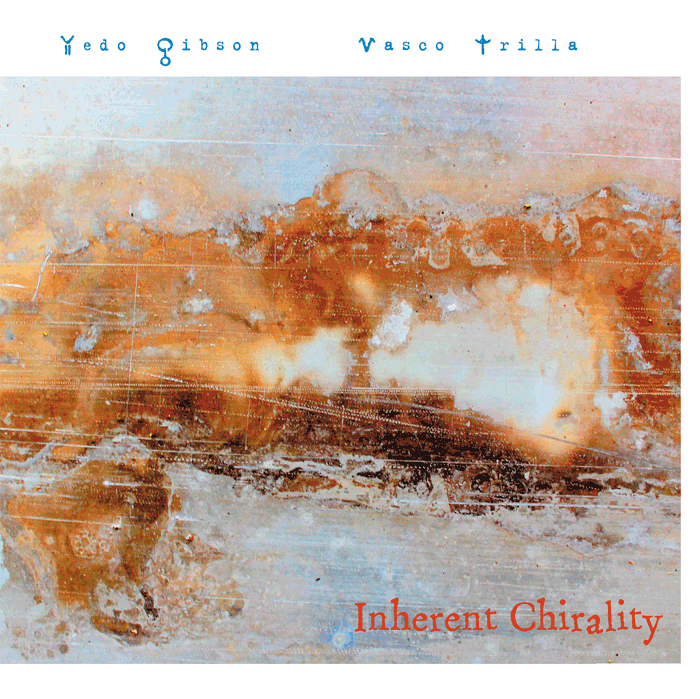 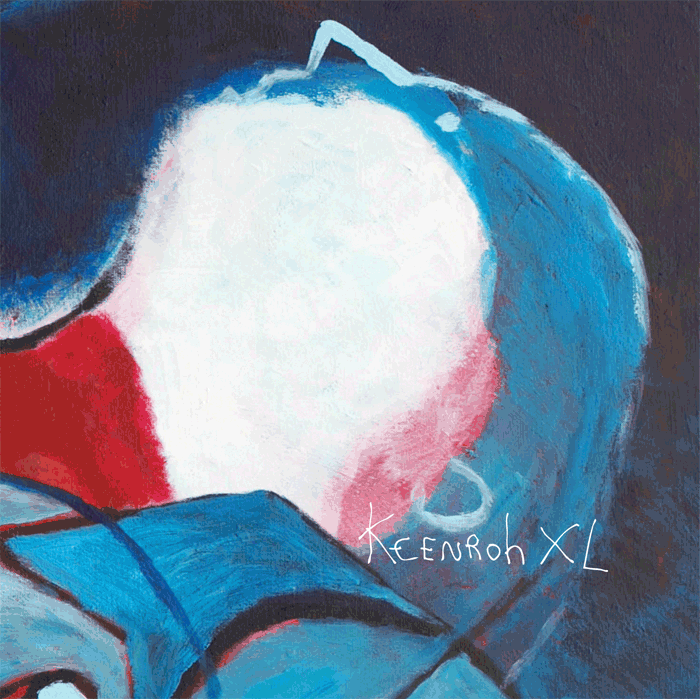 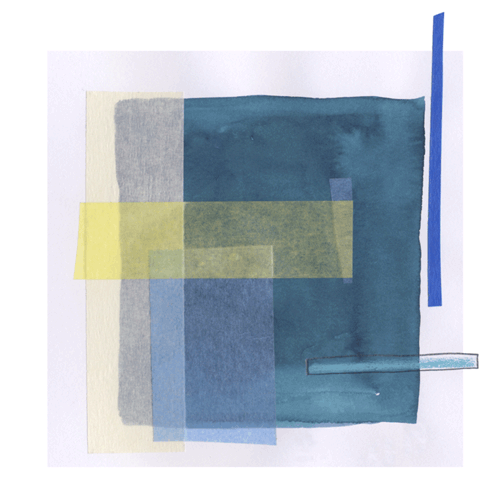 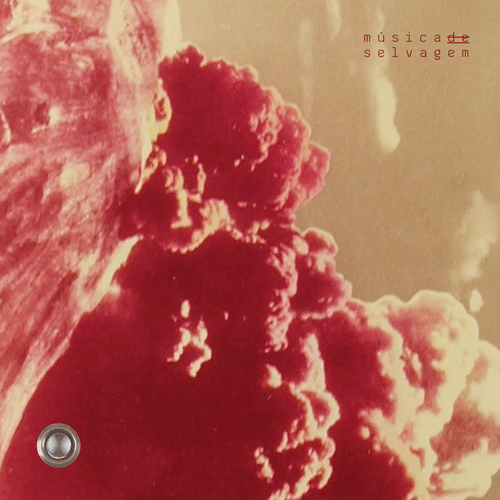
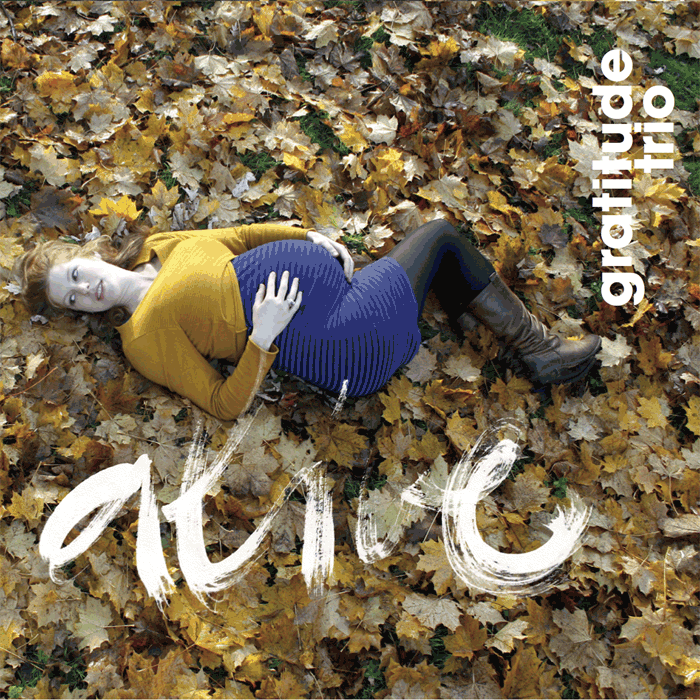 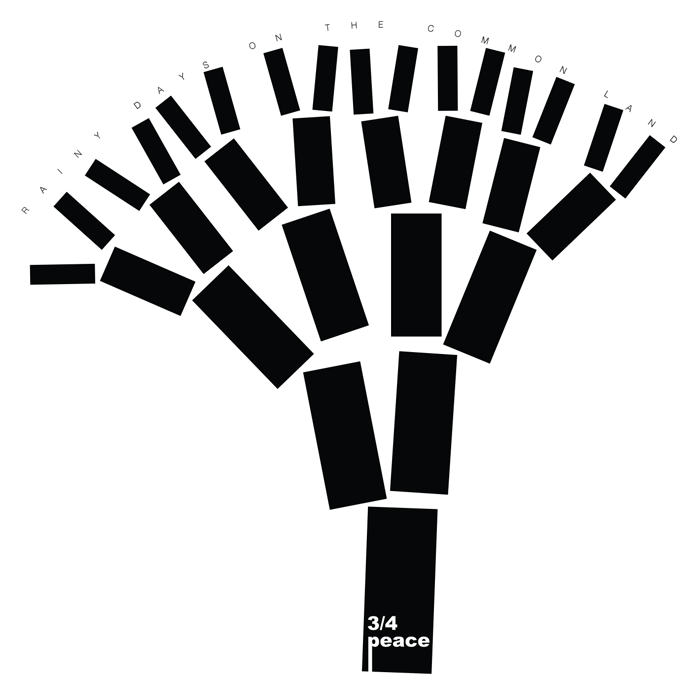 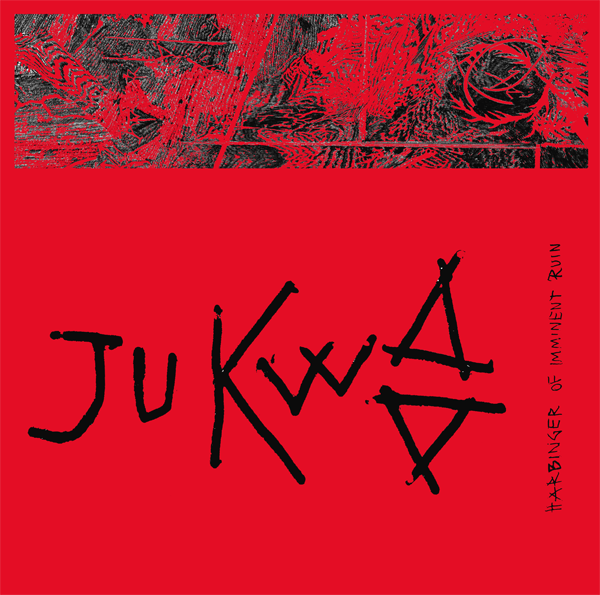  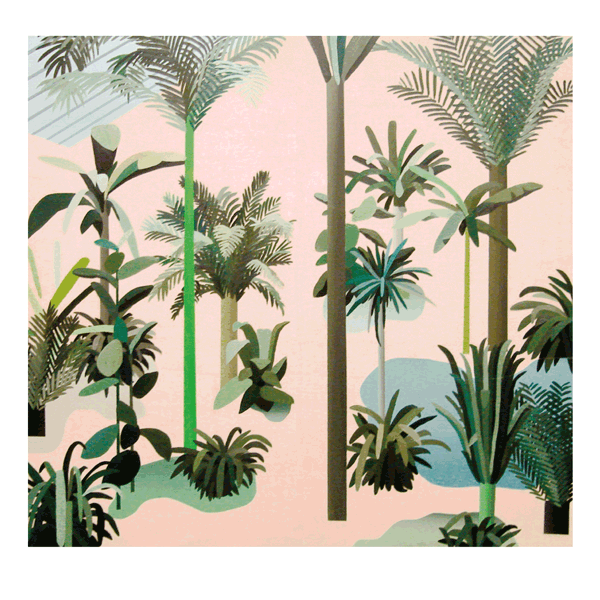
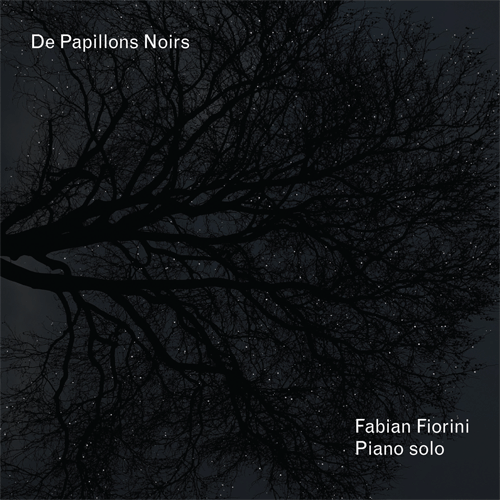 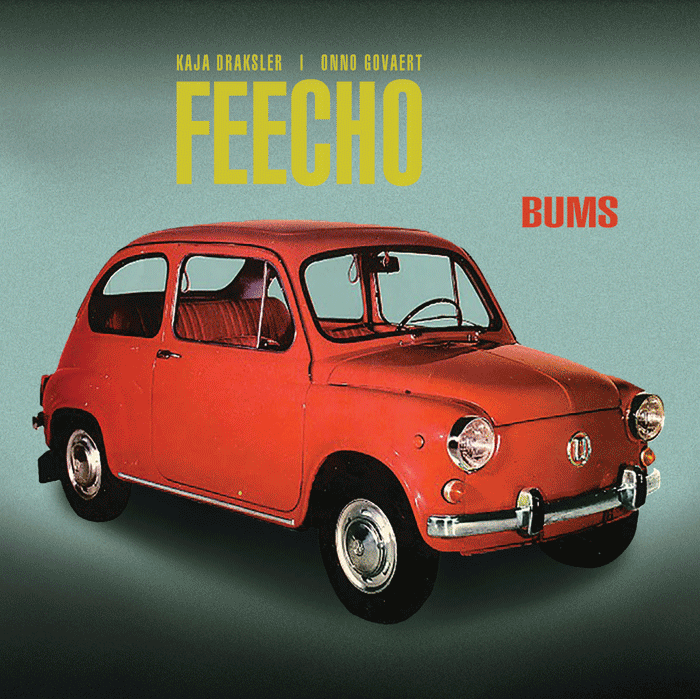  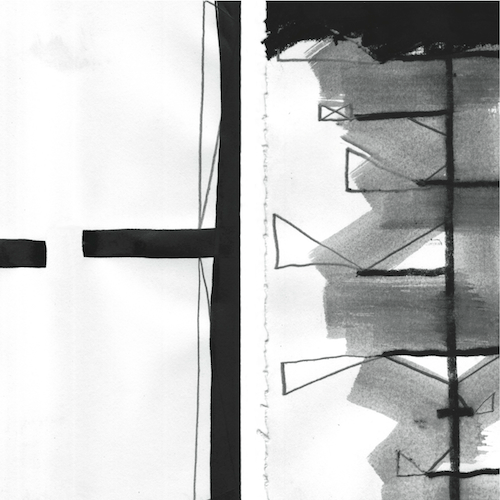 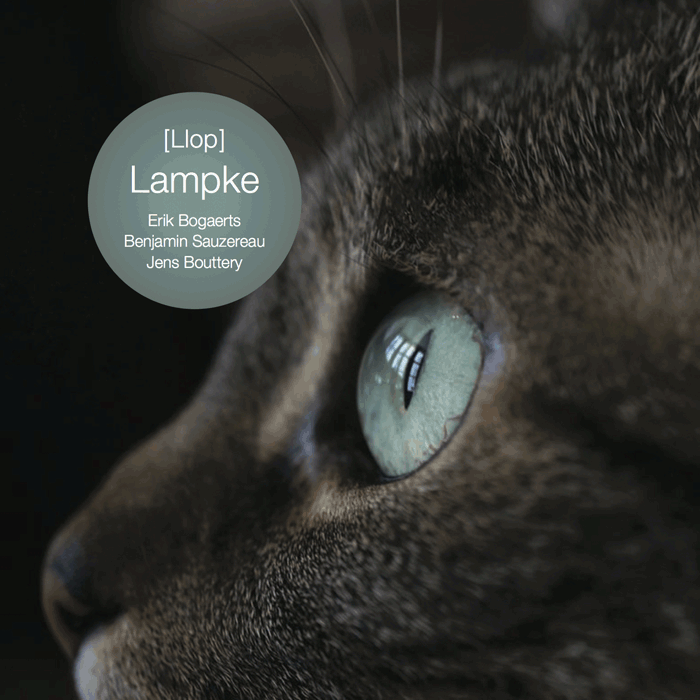
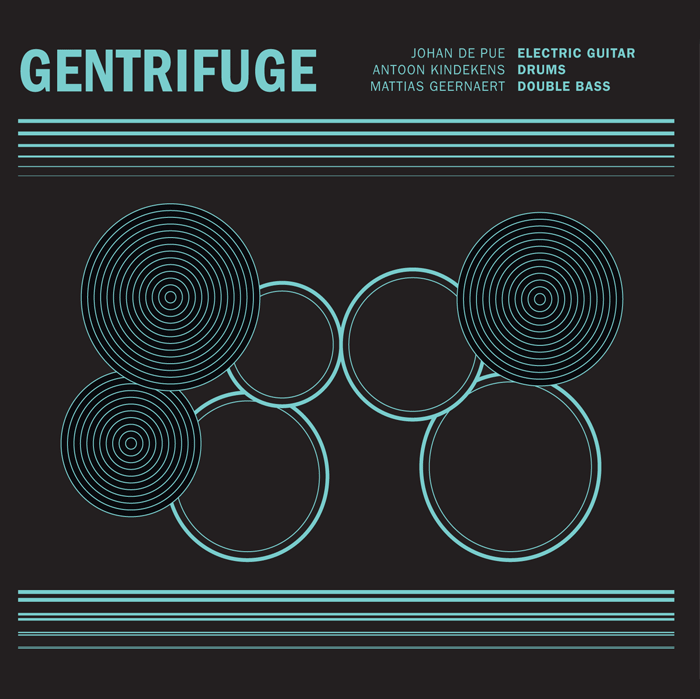 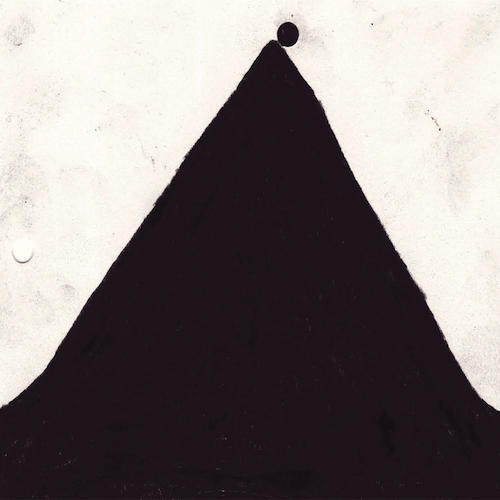 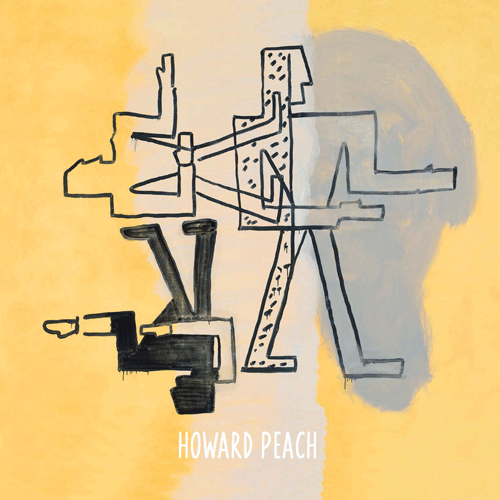  
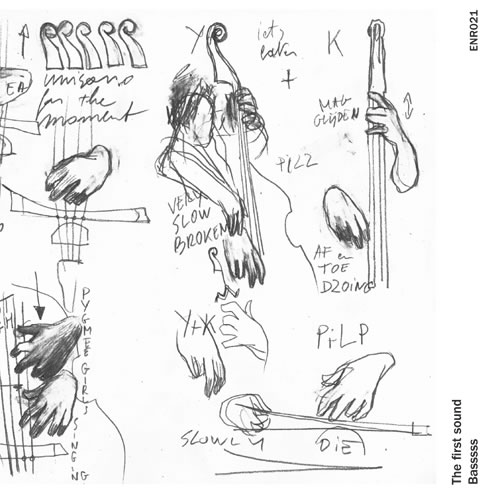 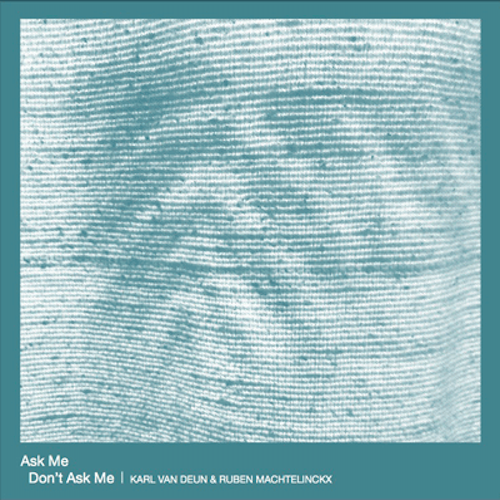 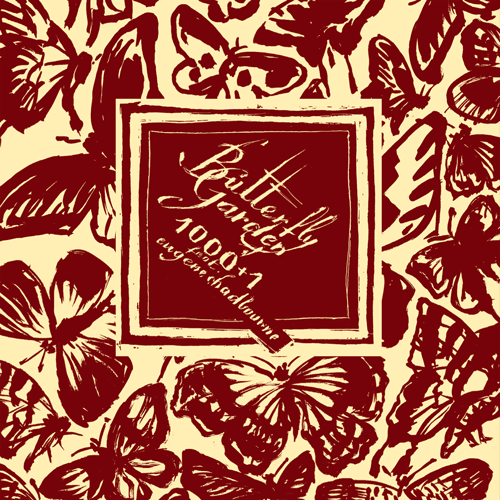 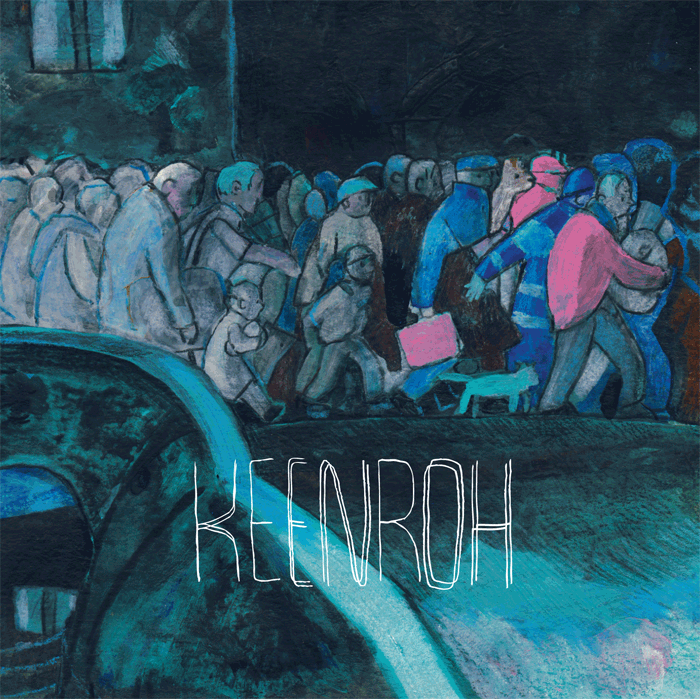 
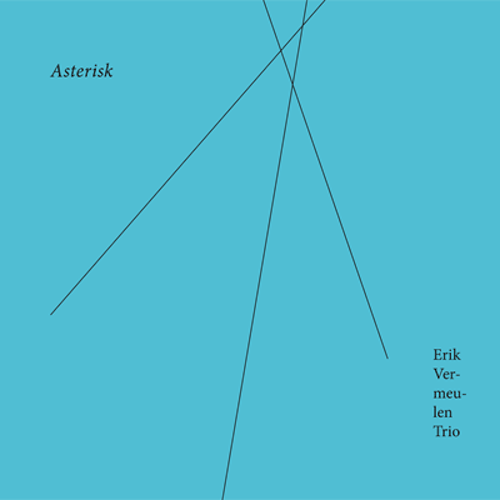 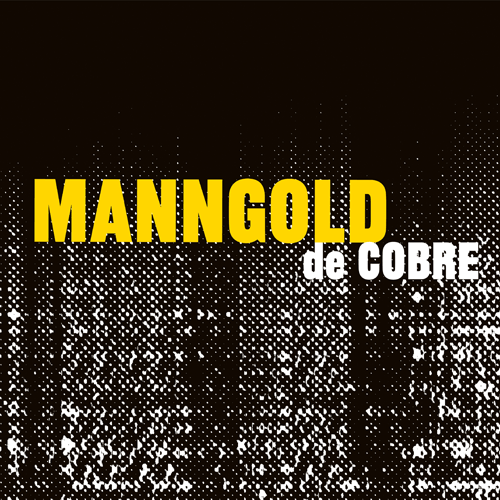 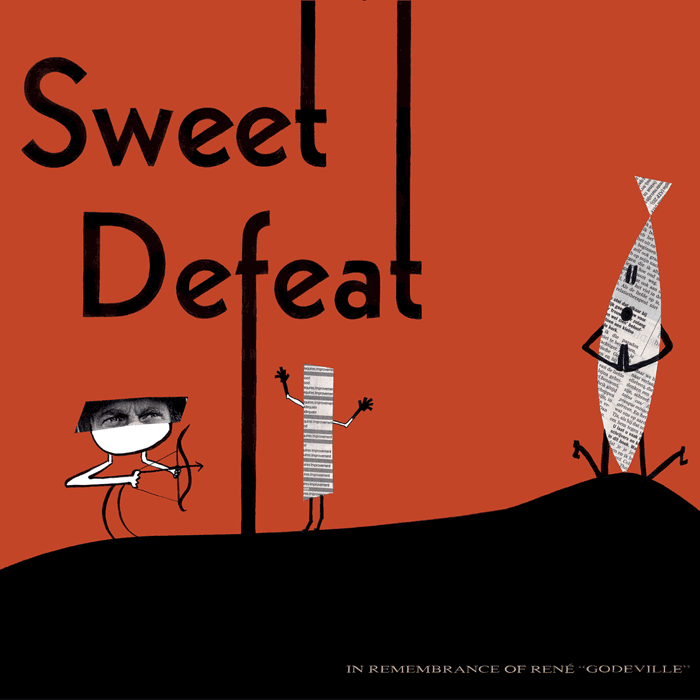 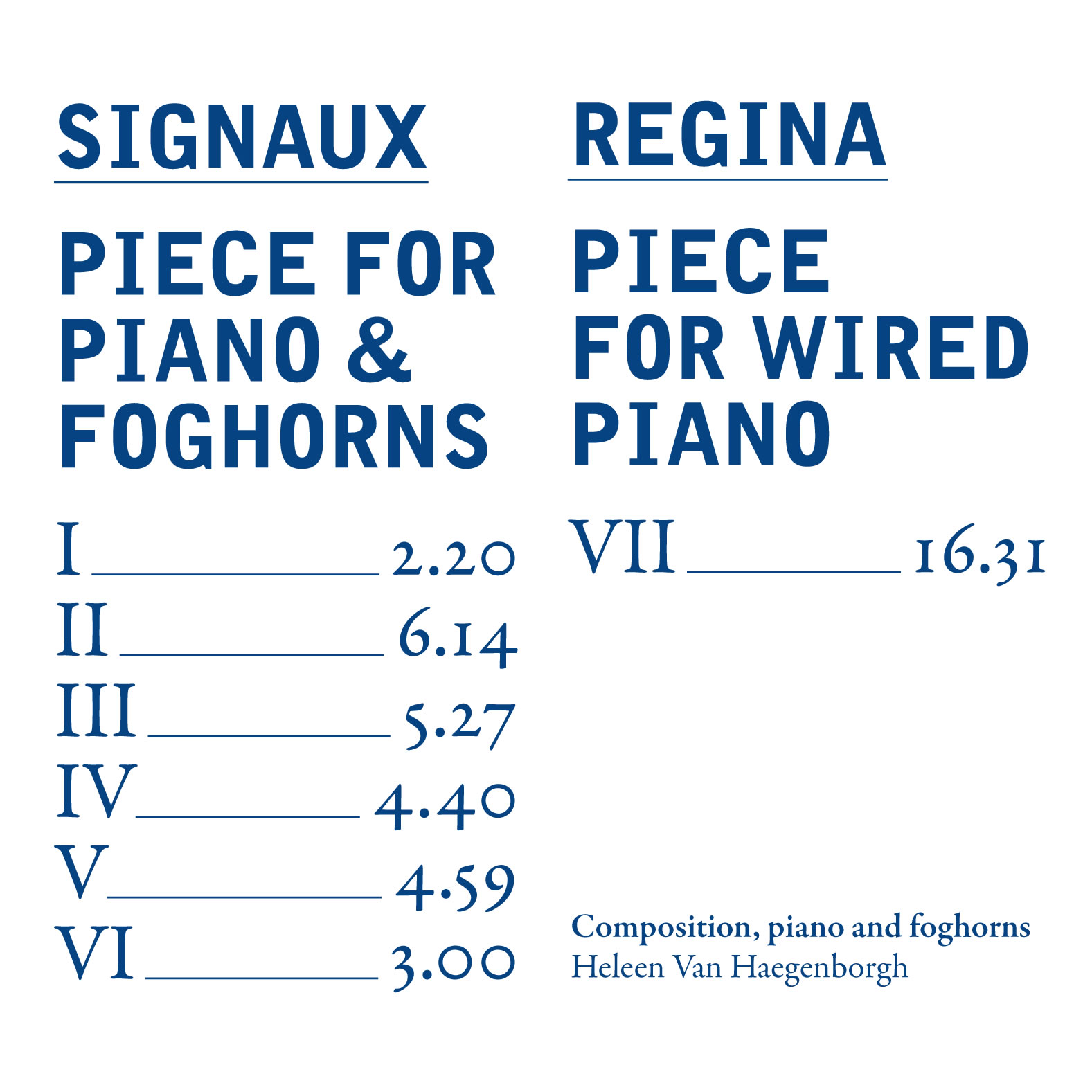 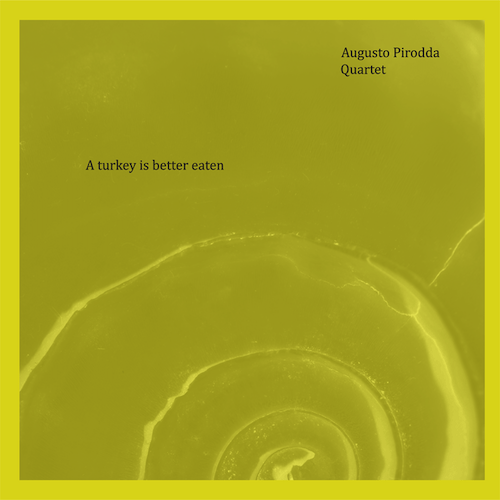
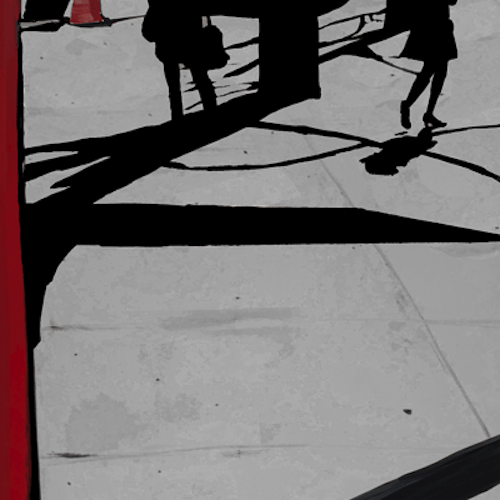 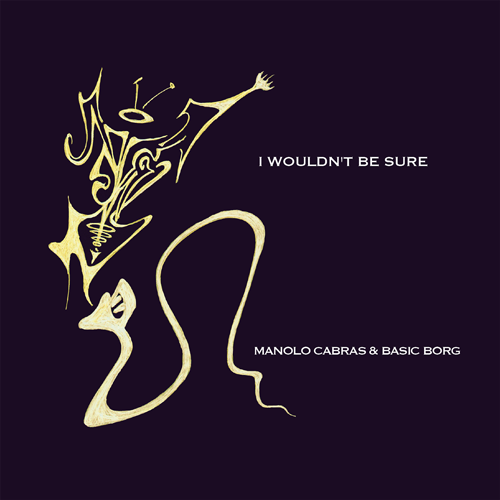 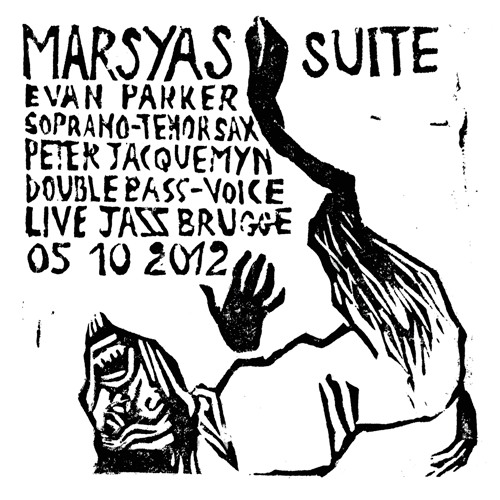 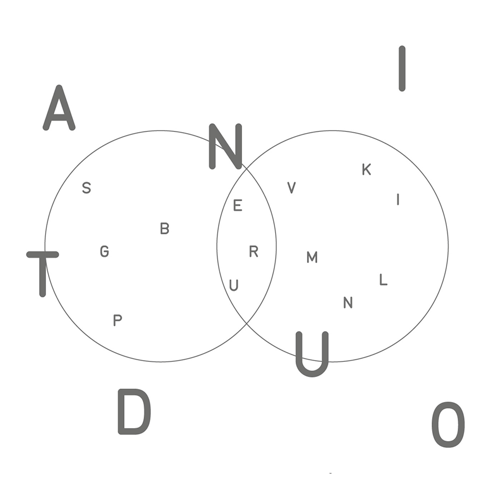 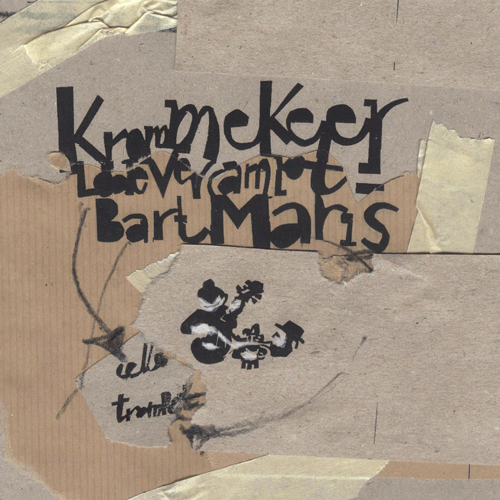
  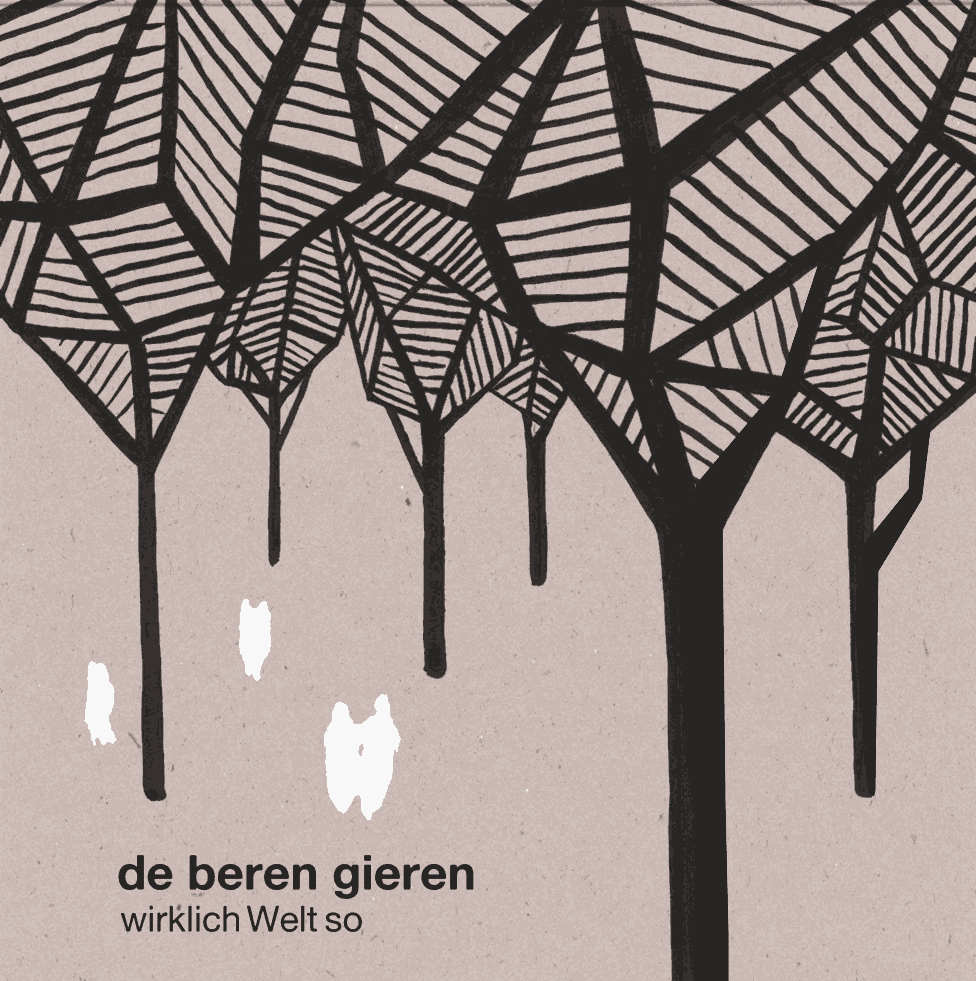 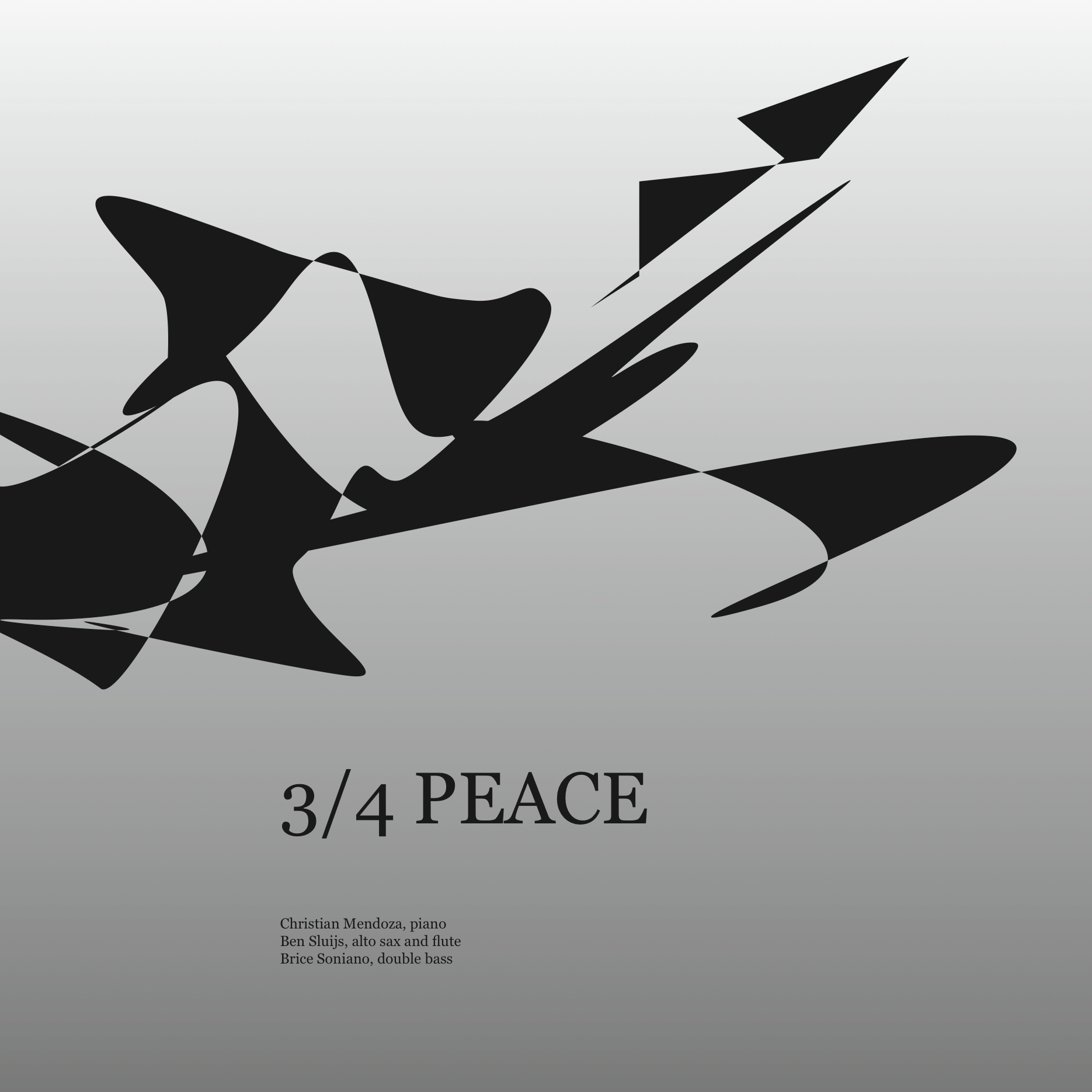 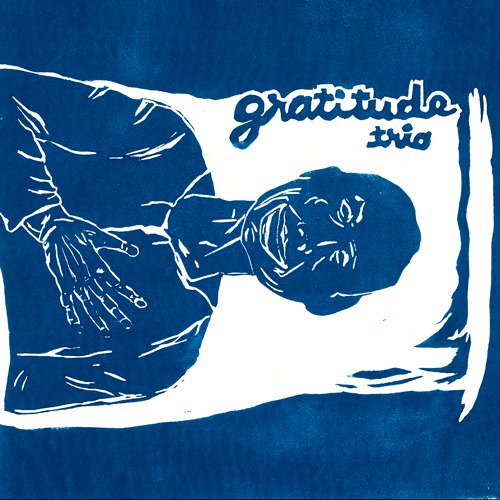
  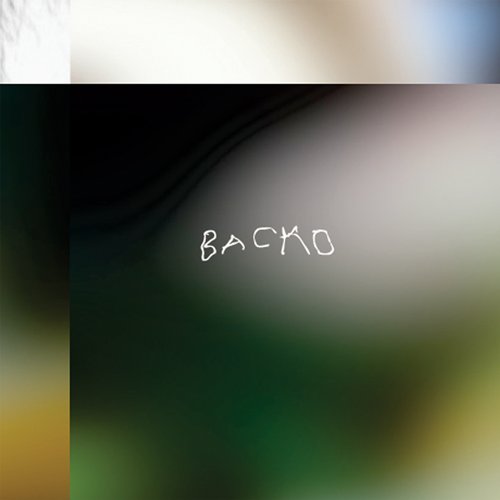 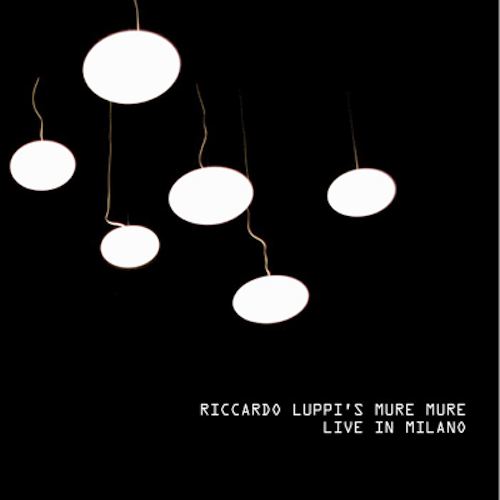 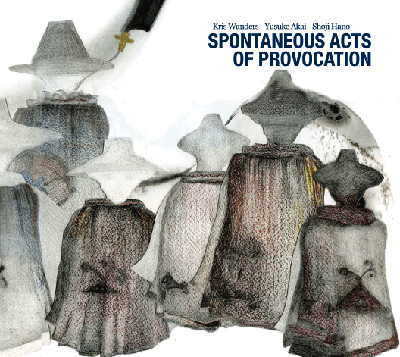
 |
|



